Tattered Jeans
Big Bolivar mystery: Where is the oil seepage coming from? Answers are hard to find
Jun 29, 2015 | 2:28 pm
Two and half weeks after Tropical Storm Bill made landfall in Matagorda, the Galveston Daily News published an article written by reporter John Wayne Ferguson — "Oil seeping onto Bolivar beach, source unknown."
It said oil was found June 19 about four miles west of Rollover Pass. According to a Coast Guard official, about 50 gallons of oil had been collected and disposed of as of that Saturday evening.
A day later, an article in the Houston Chronicle, written by Craig Hlavaty, read, "Oil seepage nears 100 gallons on Bolivar Peninsula."
I wondered the usual things. Exactly where is it seeping? How much and from what? Who owns the what? Why did it break? How exactly is the collected oil being disposed of?
I wondered the usual things. Exactly where is it seeping? How much and from what? Who owns the what? Why did it break? How exactly is the collected oil being disposed of?
Last week, I headed to Bolivar hoping to learn some answers.
I took the route through Anahuac to FM 1985 to where the road dead-ends at State Highway 124 and turned south. After topping the hill at High Island, a too familiar sight caught my eye in the water along both sides of State Highway 124.
Oil booms.
Since I was a good 12 miles from where the oil seepage was, it surprised me. I made a U-turn and got out to take a close look. Later, I wondered if it meant anything that there were white booms on the west side and mostly orange and yellow on the east.
A stone’s throw further south I came to the Y at State Highway 87. Here, was signage welcoming you to Bolivar Peninsula along with beach rules and regulations. No Littering - No Dumping - No Glass Containers.
On the beach maybe half a football field away, apparently, two of these rules had been broken big time. A cluster of pipes came up from the ground, pointing at the Gulf like a hand with all the fingers stuck together. Viewed from a distance, a colt revolver.
Yards away, families including kids and pets enjoyed fishing, swimming, and picnicking. One guy, though, appeared in the right place. Wearing shoes and stepping slowly, he was crisscrossing the beach with a metal detector.
At Rollover Fish Pass, I punched the trip odometer to zero and continued west. One and and half miles west, the water in the ditches looked like the water I’d seen along Highway 124 only without the booms. At the 4-mile mark, where the seepage reportedly occurred, there was still no sign of any officials working, but I hoped this was a good thing. Maybe the unknown oil seepage had been identified and as so many always say, contained.
A few miles further west, on the Gulf side of the highway, workers were busy. Piles of dirt sat across open land like a slew of small tepees. I pulled over and asked two of them carrying shovels what was going on. One pointed and said, “You’ll have to talk to that guy over there on the tractor.”
The guy on the tractor didn’t say much either. He didn’t know who owned the property. He was working for Alcoa out of Beaumont. What were they doing there, I wondered. “We’re just uncovering water pipes so we can see what’s broke and fix it.”
What were they doing there, I wondered. “We’re just uncovering water pipes so we can see what’s broke and fix it.”
I eased my car away and parked on the west side of this area near a large pool of water cordoned off by red and yellow ropes. Outside the ropes was large equipment with hoses attached, sadly, as familiar to me as the booms. In the pool, plastic buckets tied tightly together with rope, floated smack in the middle. On the shoreline two birds stood . . . like statues.
When I reached Crystal Beach, I stopped at Swede’s Quick Stop. The man behind the counter was about to get off work. I asked if he’d heard anything about the oil but all he mentioned was an oil field at High Island. His co-worker sitting at a computer nearby hardly looked up. “Oh, there’s a pipe leakin’ down there,” she offered, “and they’re tryin’ to stop it.”
I couldn’t tell if she was put off by my question, the oil, or, both.
At the Galveston County Eddie Barr Annex, I spoke with a nice woman behind glass. She knew of the oil seepage. “Oh yes,” she said. “It’s been in the Galveston Daily News now for days.” Hoping she’d offer more information, I asked another question. “They don’t know whose leak it belongs to,” she said, “but they have it contained,” nodding with a smile.
But, the next day, I read another article in the Galveston Daily News — "Bolivar oil leak source still mystery." The writer, Shannon Daughtry, reported that "officials say investigators are still looking for the source and moved their efforts to 24-hour coverage Tuesday while crews work to contain and clean up the seepage."
On Sunday, I called the Coast Guard station in Galveston. They gave me another number to call — the Coast Guard Sector Houston/Galveston. To my surprise, a woman there explained that the active clean up, meaning people working on the beach, was finished on Friday. She said there was no more beach closure and, no, the oil seepage source had not been identified.
Now, more than 10 days after the oil seepage was discovered, we don't know much more than we did then. I look in the newspapers, growing more and more weary of the words . . . officials said.
"A cluster of pipes came up from the ground, pointing at the gulf like a hand with all the fingers stuck together. Viewed from a distance, a colt revolver."
Photo by Katie Oxford
"A cluster of pipes came up from the ground, pointing at the gulf like a hand with all the fingers stuck together. Viewed from a distance, a colt revolver."
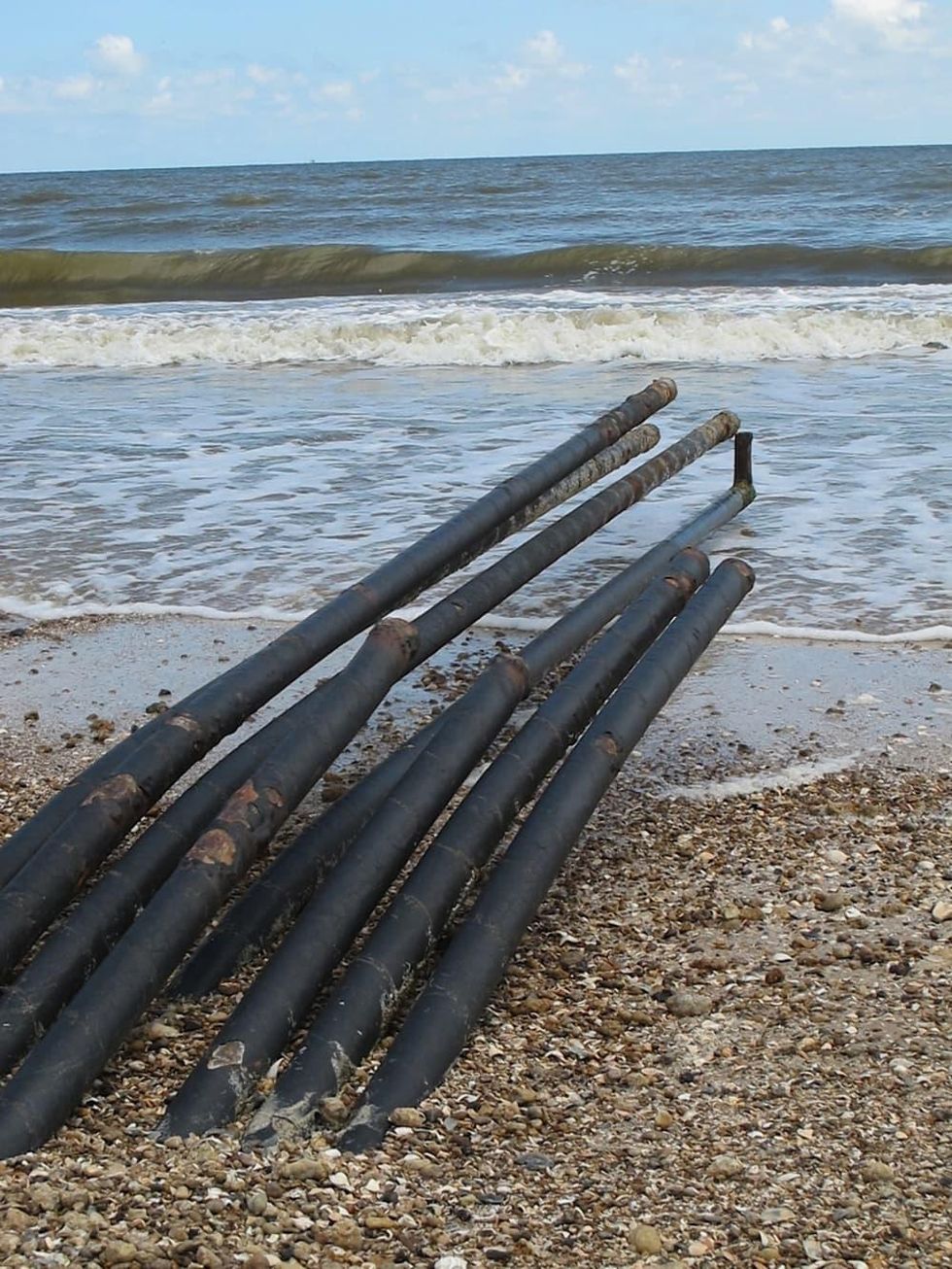
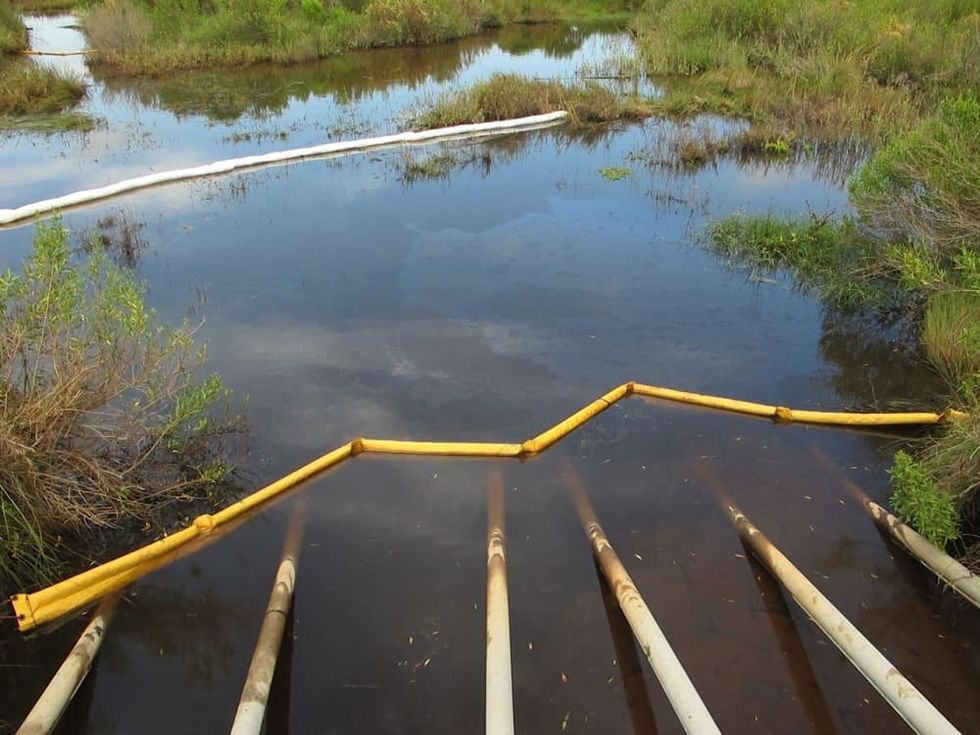


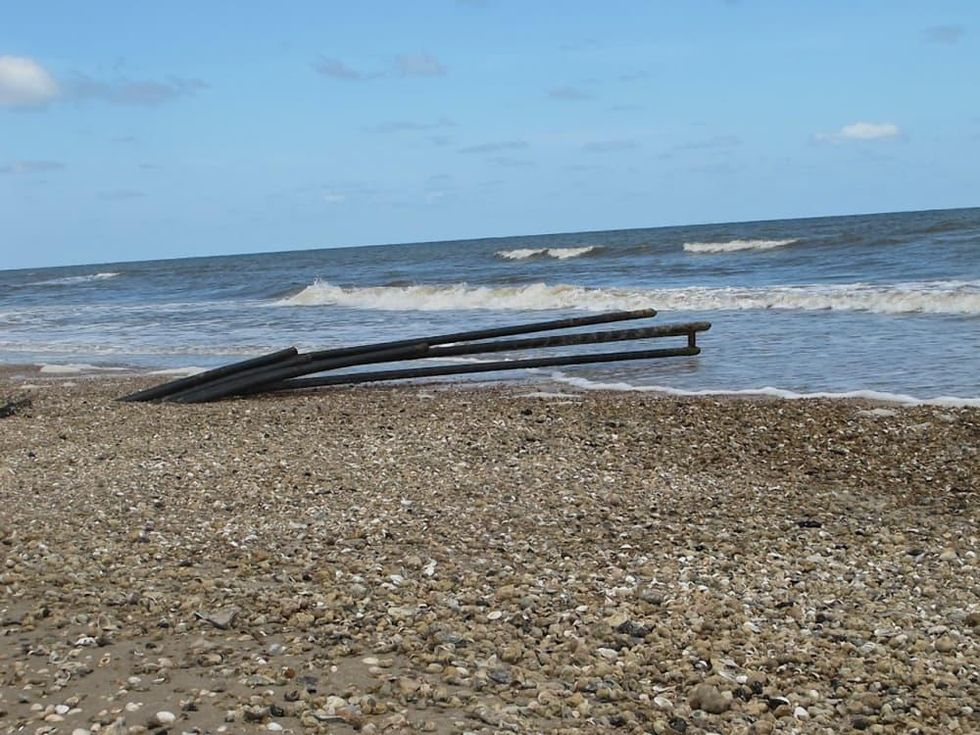
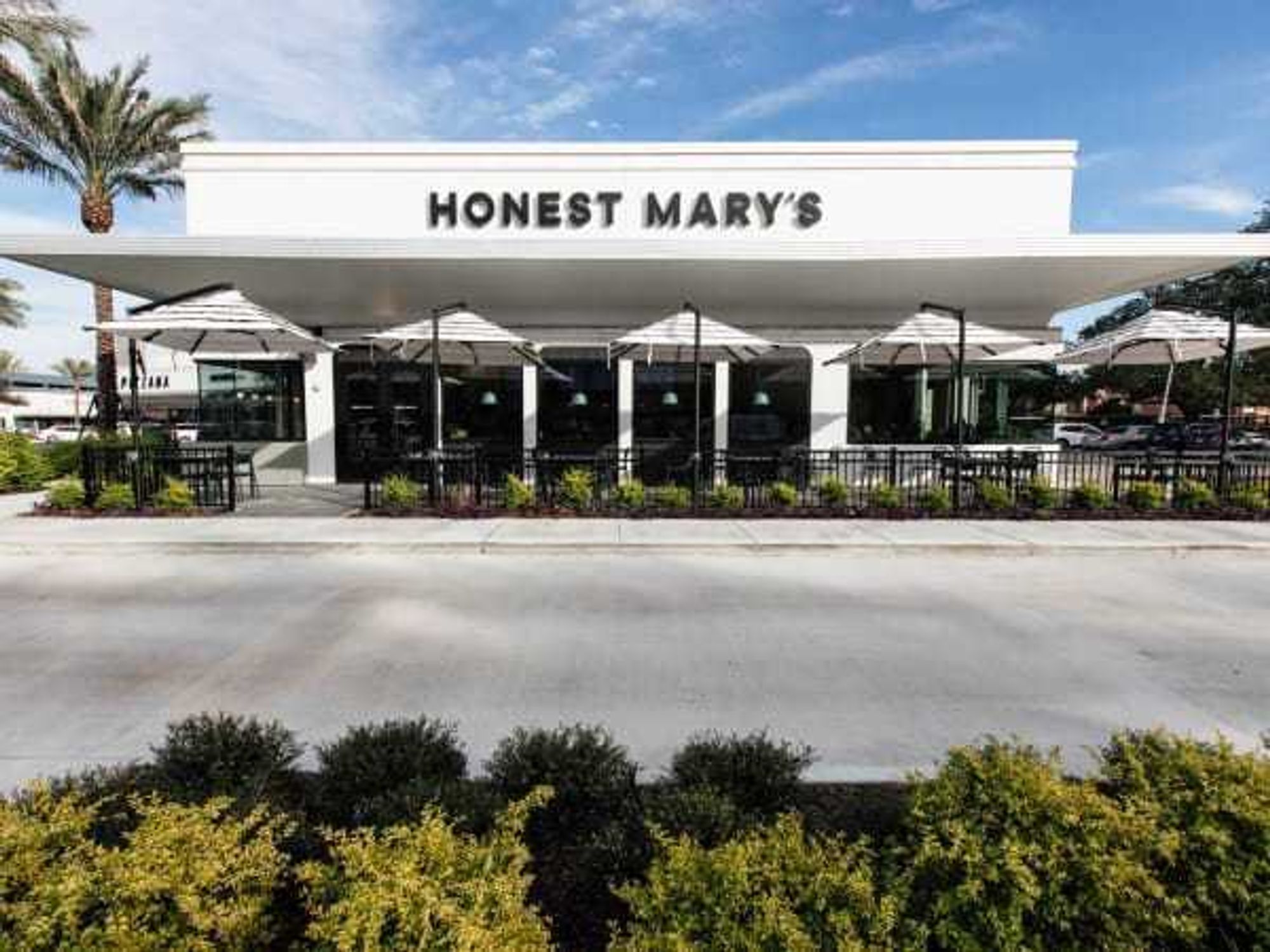
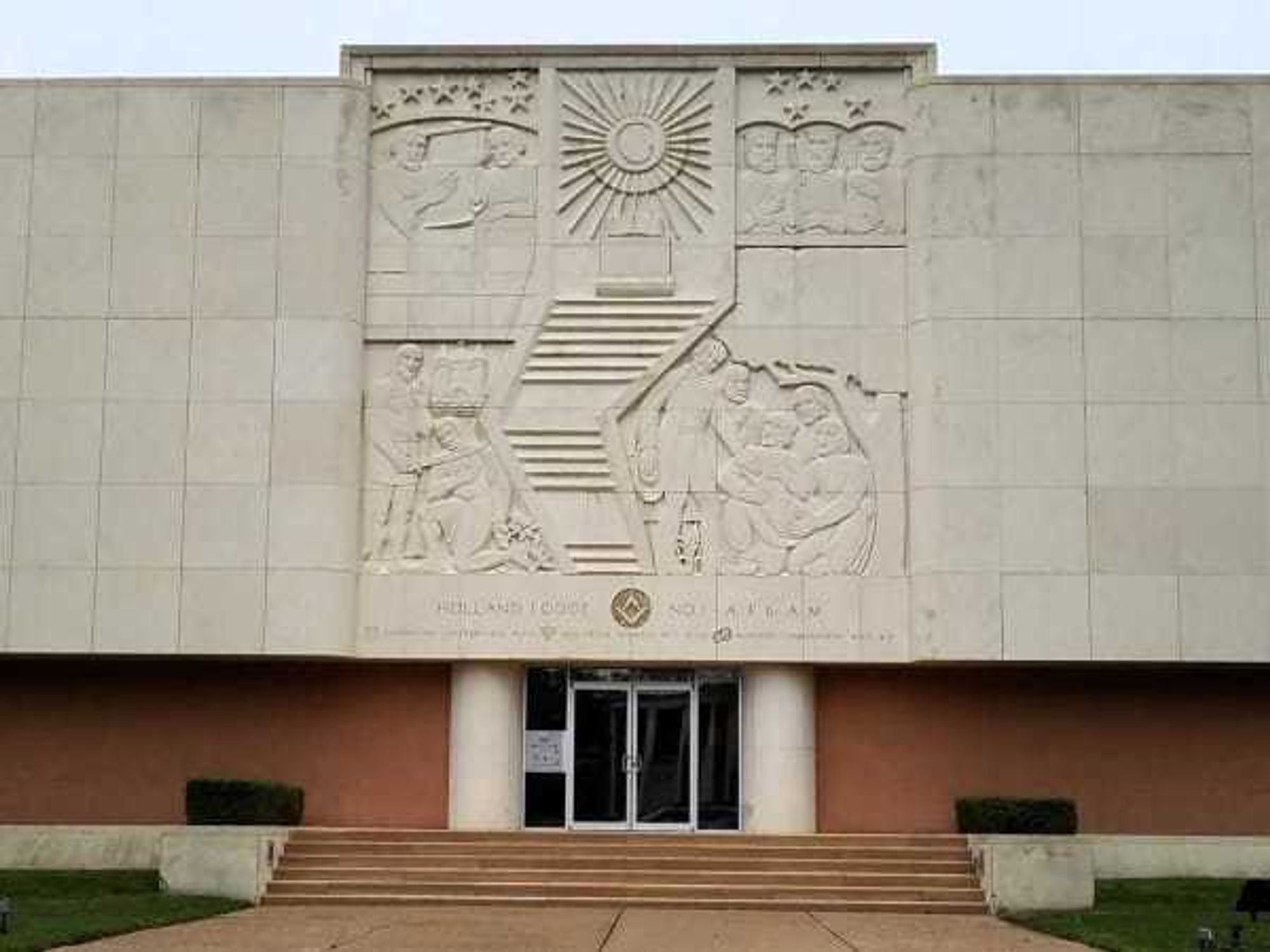 The building at 4911 will be torn down for the new greenspace. Holland Lodge No. 1, A.F. & A.M./Facebook
The building at 4911 will be torn down for the new greenspace. Holland Lodge No. 1, A.F. & A.M./Facebook